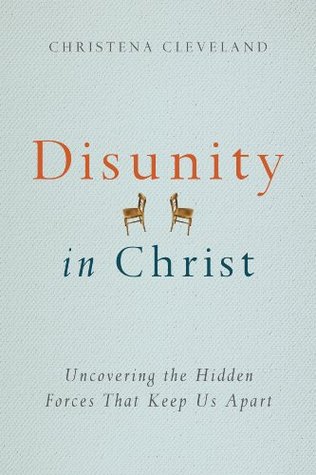More on this book
Community
Kindle Notes & Highlights
Read between
May 3 - May 31, 2023
Rather than using his power to distance himself from us, Jesus uses it to approach us. He follows his own commandment to love your neighbor as yourself—often to his detriment, I might add—by pursuing us with great tenacity in spite of our differences. He jumps a lot of hurdles to reach us.
People can meet God within their cultural context but in order to follow God, they must cross into other cultures because that’s what Jesus did in the incarnation and on the cross. Discipleship is crosscultural.
Here’s the conundrum for the church: If people who seem familiar are perceived as more likable and people who are completely unfamiliar are perceived as less likable, we’re going to naturally befriend the people who seem familiar.
In fact, most people don’t see homogeneity as a problem so long as it’s not motivated by explicit prejudice. Describing the views of many Christians, Emerson and Smith write, “People are comfortable with different worship styles, want to be with familiar people, and have different expectations about congregations. For these reasons, if congregations end up being . . . homogenous, it is acceptable, if not preferable.”
Humans naturally create group categories that distinguish us versus them. This distinction is good for group formation; we have a stronger group identity and greater group solidarity when we can easily distinguish ourselves from other groups.
“When God sets out to embrace the enemy, the result is the cross. . . . Having been embraced by God, we must make space for others in ourselves and invite them in—even our enemies. This is what we enact as we celebrate the Eucharist. In receiving Christ’s broken body and spilled blood, we, in a sense, receive all those whom Christ received by suffering.”
Raising the stakes, he simply says to love each other. He even tells the story of the good Samaritan in order to redefine what it means to be a neighbor, lest we incorrectly apply the term exclusively to those who are near, familiar and like us—you know, the people with whom it is natural and easy to be neighbors.


